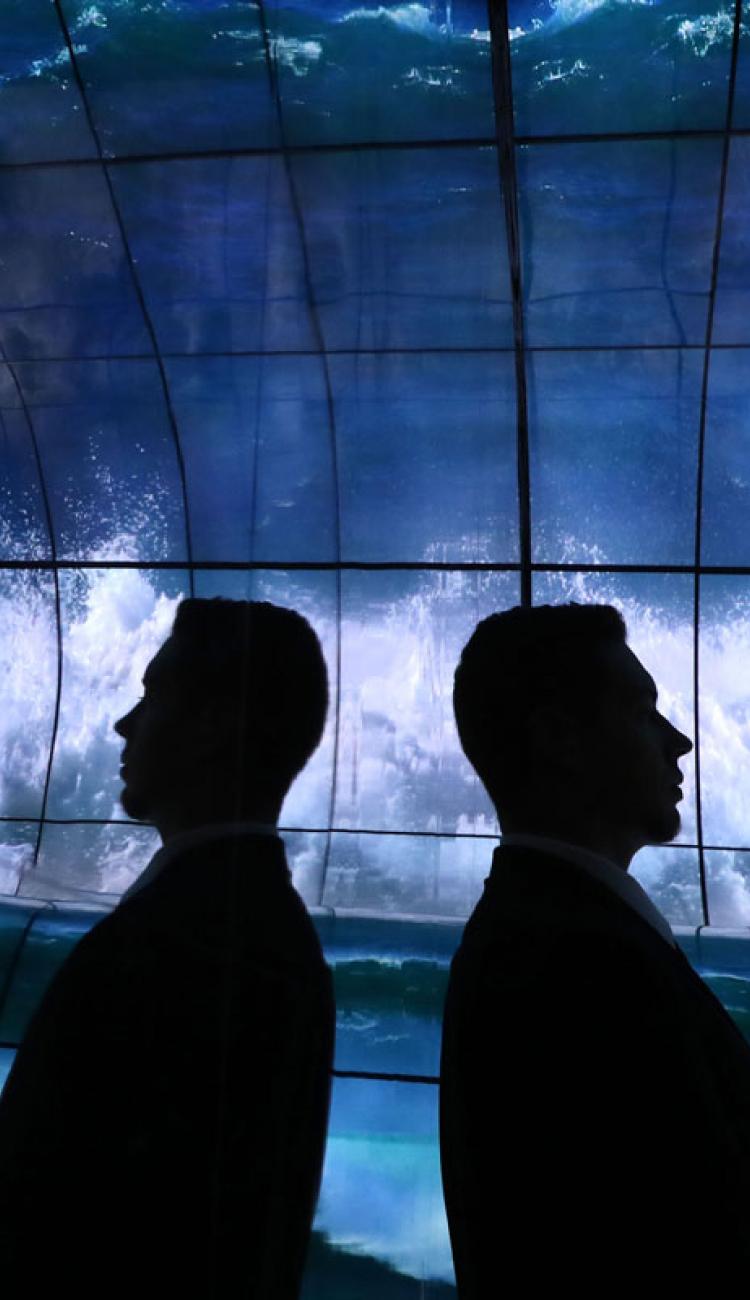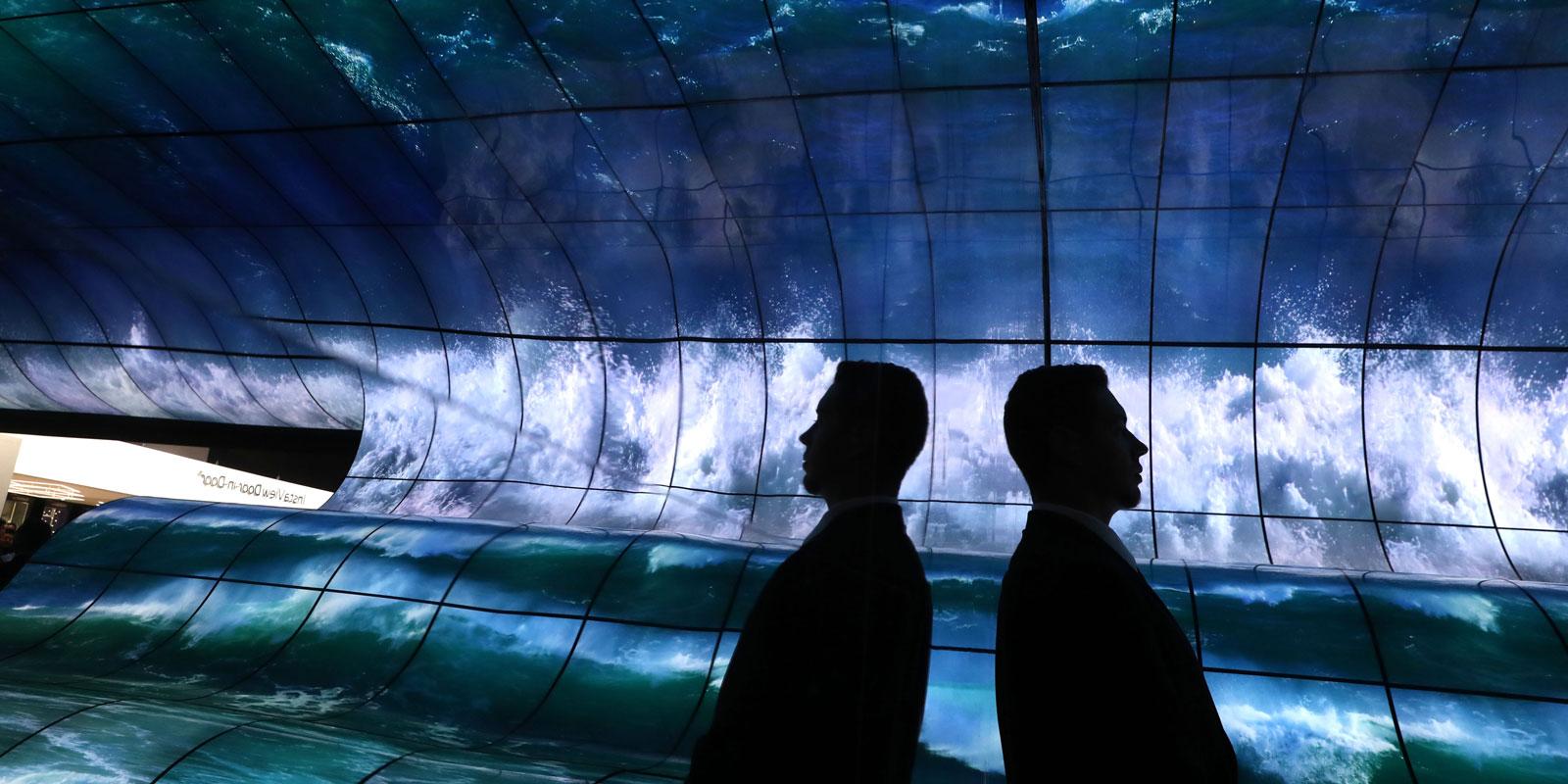Jan 17, 2019
Industry leaders share how multi-platform expansion, artificial intelligence, and self-driving cars will define the next era of entertainment.
This year’s Consumer Electronics Show offered a peek into a content-consuming future that’s customized, over-the-top, and on-the-go.
The disruption of the traditional television industry—spurred by OTT and SVOD services, reach and measurement challenges, and even Smart TVs—is leading companies to find new ways to turn challenges into opportunities. This has led CES, which was once mainly a gadget-ogling occasion, to become a venue for television industry insiders to showcase their positivity and ambition.
Based on comments on- and off-stage during the conference, here are the major trends ahead in the world of content according to experts.
Television content will be everywhere thanks to multi-platform expansion.
The rise of OTT and streaming platforms means consumers can tune in to content anytime and anywhere. The result: companies are responding by making multi-platform engagement a core part of their strategies.
"One of our greatest challenges and opportunities is to meet consumers wherever they are."
“One of our greatest challenges and opportunities is to meet consumers wherever they are,” said Tom Gorke, Viacom’s EVP of content distribution sales and business development, when describing the increased fragmentation among television audiences at Variety’s Entertainment Summit.
“Our objective is to be on as many of these platforms in a material, meaningful, and smart way so that we can reach the consumer who wants to enjoy the content that we have provided,” echoed Mark Garner, A+E Networks’ EVP of business development, distribution, and digital content licensing.
Networks and OTT providers are also rethinking traditional content formats. According to Colby Smith, SVP of content and partnerships at ABC News, the company’s 24/7 streaming channel ABC News Live is rethinking the elements of its newscast. “Content might be UGC [user-generated content], professional feeds from our radio producers, content from another streaming platform, even a look into the newsroom Slack channel,” Smith explained. "These are experiences you just don't see on TV."
The value of content—according to advertisers and viewers—will continue to shift.
Platform-hopping means more choices for consumers, and more challenges for marketers. "For 50 to 60 years advertising was sold based on reach. Now we have no way, as consumers go from platform to platform, to measure this,” said MAGNA's North America president David Cohen. If and when the industry can agree on the value of different metrics, advertisers will have clearer direction on how to “drive whatever metric is important to our advertisers."
Eventually, audiences may start to have decision fatigue, leading distributors to consolidate or collaborate.
“Two years ago, most people only had one streaming service. Over the last two years, people who have three or more have gone up eight-fold,” said Facebook’s Head of Streaming Celiena Adcock at “The Future of Smart Entertainment” panel. “So, there will be trade-off decisions. As an industry we're gonna have to figure out what those bundles look like.”
The viewer experience will be personalized and anticipatory.
Discoverability and TV content personalization is set to become the new normal as artificial intelligence becomes more advanced in its ability to learn individual personalities, attitudes, and interests. The algorithms powering artificial intelligence-based technologies will soon be sophisticated enough that they will be able to suggest what viewers want to watch at precisely the moment they want to watch it — and eventually before then turn on their screen.
According to Hulu CMO Kelly Campbell, discoverability is critical. Connecting consumers to the right content is particularly important for Gen Z audiences because “they are less likely to have in-mind what they want to watch.”
Tubi CEO Farhad Massoudi said his company is working to perfect its algorithms for that future so that “when someone does come to our app we're serving them what they want.” That capability requires a mixture of art and science. “You’ve got to have a really talented creative team that's creating the right content, but you’ve also got to look at the data.”
Of note: the increasingly close relationship between content companies and audiences is a boon for addressable advertising, since the same data and algorithms that enable a personalized content experience can be applied to creating a personalized ad-viewing experience.
In-car entertainment is speeding toward us.
"The last vestige of video-free consumption is the automobile."
Carmakers at CES debuted multiple autonomous vehicles equipped with new features, including bigger, better, and more immersive screens. If the hype is any indication, car commuters will soon replace their hours behind a steering wheel with hours behind a screen.
“The last vestige of video-free consumption is the automobile,” said Viacom CEO Bob Bakish during a keynote conversation at Variety’s Entertainment Summit.
Among the models on display was a BMW X5 SUV, the result of a partnership between Intel and Warner Bros., that offers a 270-degree immersive theater experience with lights, audio, and haptic feedback.
“The emergence of autonomous vehicles portends a major shift in how people use their time,” said Marcie Miller, Intel’s automotive strategic marketing said in a statement. “The concept car shows how cars will become a new kind of ‘space.’” An Intel-commissioned report released last year predicts that mainstream adoption of driverless vehicles will result in 250 million more hours of free commute time per year, leading to a $200 billion market of new in-car applications and content.
In-car entertainment has been seen at CES in the past shows. In 2017 at CES, Honda revealed a proof of its Honda Dream Drive in-car virtual reality prototype featuring content from the' animated movie Trolls.

